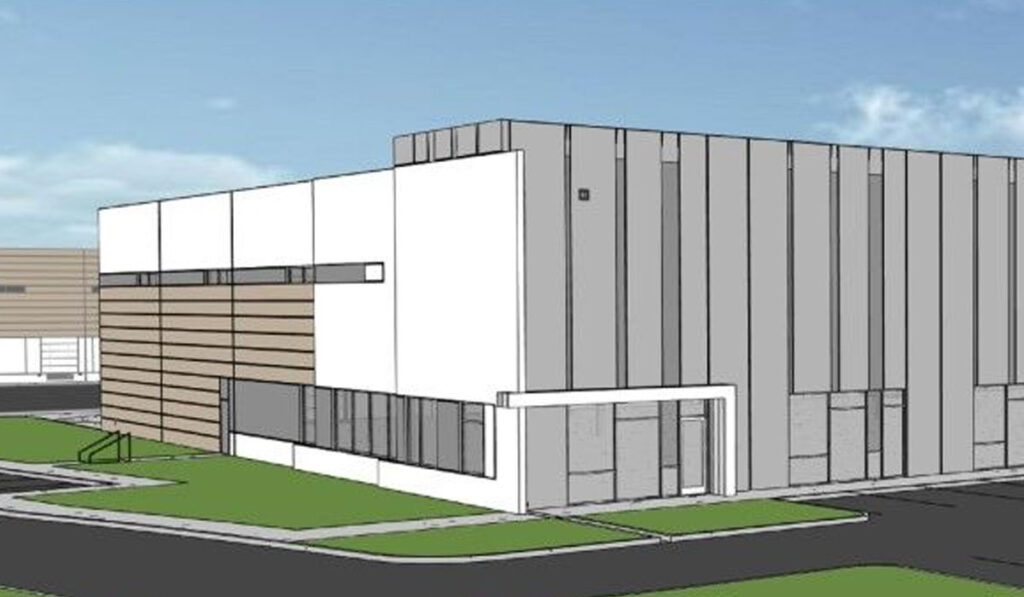
Colorado Springs commercial real estate fairly strong 2 years after pandemic’s onset — with an exception
Colorado Springs commercial real estate fairly strong 2 years after pandemic’s onset — with an exception https://www.centraldevelopment.com/wp-content/uploads/Colorado-Springs-commercial-real-estate-fairly-strong-2-years-after-pandemics-onset-—-with-an-exception-1-1024x597.jpg 1024 597 Central Development Properties Central Development Properties https://www.centraldevelopment.com/wp-content/uploads/Colorado-Springs-commercial-real-estate-fairly-strong-2-years-after-pandemics-onset-—-with-an-exception-1-1024x597.jpgBy Rich Laden rich.laden@gazette.com
INDUSTRIAL
The industrial market remained arguably the strongest segment of the Springs’ commercial real estate market over the last two years, industry experts say.
Quantum Commercial’s fourth-quarter report shows the vacancy rate for industrial buildings dipped to 5% by the end of 2021; the rate has declined by roughly 1 percentage point a year over the last five years, according to the report.
When the pandemic hit, there was a roughly 60-day hiatus in the demand for industrial space because of the uncertainty over what would happen next, said Randy Dowis, a principal and senior broker with NAI Highland in Colorado Springs.
After that pause, however, activity picked up and very few of his clients needed rent relief, he said.
“Everyone just kept paying rent in a timely fashion,” Dowis said. “We felt very fortunate.”
The demand for housing and the need for space to store construction materials, in part, helped bolster the industrial market, he said. Also, the pandemic led to even more people buying items online and retailers needed storage space, he said.
“The pandemic forced a lot of people into online shopping,” Dowis said. “For e-commerce, that means you’ve got to have warehouses to store the product and deliver the product.
“That shift was starting to occur already, with the Amazons of the world,” he added. “But it became more and more pronounced, of course, during the pandemic. People weren’t going to brick-and-mortar. They were ordering everything online. We didn’t have near enough warehouse and distribution capacity to meet that kind of demand.”
Developers and investors now have recognized the demand for industrial space, and have big plans to increase the local supply, Dowis said. For example, there’s an estimated 1.2 million square feet of industrial space planned by developers along Platte Avenue on the city’s east side over the next several years, he said.
In addition to seeking to meet the demand for more warehouse and distribution space in Colorado Springs, industrial developers and investors are being attracted to the area because of cheaper land costs compared with markets such as Denver, Phoenix and Las Vegas, Dowis said.
Unlike the retail sector, developers aren’t afraid to construct speculative industrial buildings, he said.
Central Development of Denver recently launched construction on a 58,500-square-foot speculative building northeast of Powers and Aeroplaza Drive,
“I was begging developers a decade ago to come to Colorado Springs,” Dowis said. “I couldn’t get anyone’s attention. They’re like, ‘why would we come there? We’ve got plenty of activity in Denver. We don’t need to go into that market.'”
Last June, Dowis said he marketed a 65,000-square-foot, speculative industrial building that was nothing more than a core and shell and lacked tenant improvements.
The building, developed by a partnership led by Peak View Roofing of Colorado Springs, was constructed with the goal of leasing it.
Three tenants were interested in leasing the building, but shelved their plans to rent the space; when that happened, the building was put up for sale — and received three full-price offers, Dowis said.